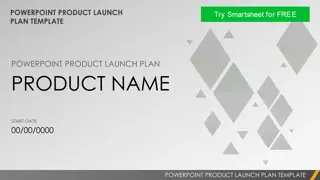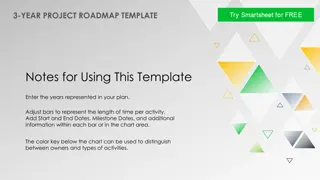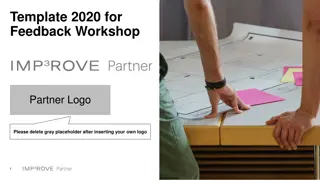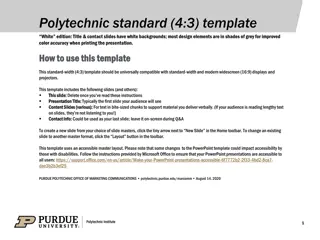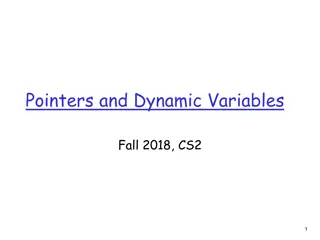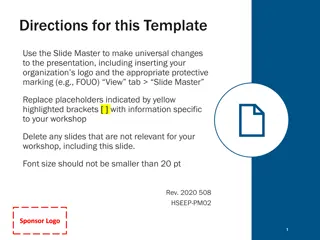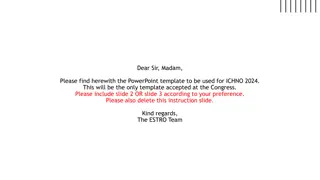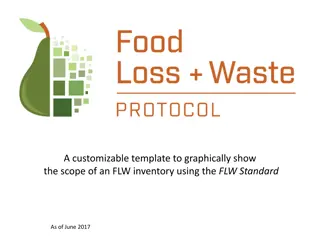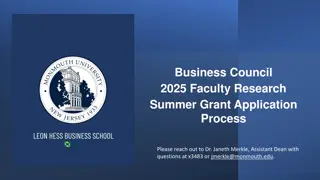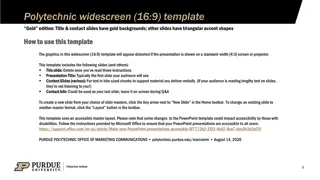
Innovative Approach to Mitral Stenosis Treatment in Interventional Cardiology
Explore the case of a 51-year-old patient with severe Mitral Stenosis, managed by Dr. Rahman Ullah at the Peshawar Institute of Cardiology. Witness the challenges faced during the procedure, the use of TEE guidance, and the successful outcomes achieved through innovative techniques in interventional cardiology.
Download Presentation

Please find below an Image/Link to download the presentation.
The content on the website is provided AS IS for your information and personal use only. It may not be sold, licensed, or shared on other websites without obtaining consent from the author. If you encounter any issues during the download, it is possible that the publisher has removed the file from their server.
You are allowed to download the files provided on this website for personal or commercial use, subject to the condition that they are used lawfully. All files are the property of their respective owners.
The content on the website is provided AS IS for your information and personal use only. It may not be sold, licensed, or shared on other websites without obtaining consent from the author.
E N D
Presentation Transcript
A missing piece of the puzzle A missing piece of the puzzle Dr. Rahman Ullah Fellow Interventional Cardiology Peshawar Institute of Cardiology
HPE Nasreen, 51 year old, presented with Shortness of breath, NYHA-III and palpitations. She has a history of RHD- severe Mitral Stenosis, managed medically. On exam, she had irregular heart rate of 120, chest auscultations revealed basal crepts on the back and an opening snap followed a rumbling diastolic murmur.
TEE shoed sever mitral stenosis, A very large LA, a huge Interatrial septum Aneurysm
First, the conventional approach from right femoral vein for septostomy was used. The three drops from SVC to RA then Aorta and finally IVC were not observed. Due to the complex anatomy procedure postponed and planned the next day with support of TEE guidance and cautery.
Next day again, Mullen sheath was not visible in RA nor traditional landmarks were seen on fluoroscopy.
In this uncertain situation the flouroscopy and guide wire finally helped. J wire from IVC Azygos vein SVC --RA--RV Azygos vein from IVC to SVC
Access shifted to Internal jugular vein. Septostomy done under TEE guidance. LA wire placed but it couldn t support IBC.
Terumo Exchanged length wire passed from LA to LV and then Aorta. From RSA it was snared and pulled out via RFA sheath for maximum support of IBC.



